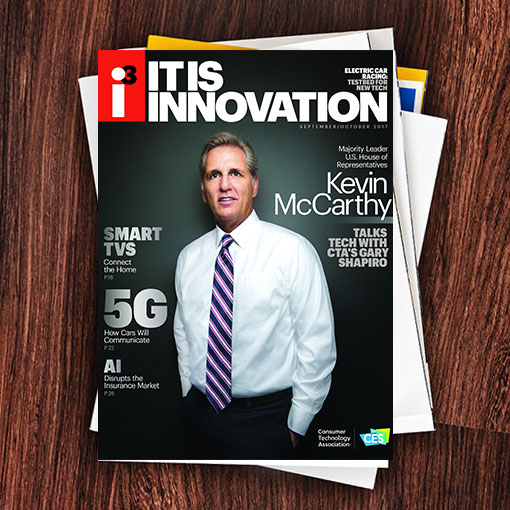A few days later, Barclays Capital predicted that linear pay TV systems (cable and satellite) will lose 31 million customers within the next 10 years. That’s about one-third of their customer base. Barclays’ equity researchers, citing the “shifting viewing experience” — especially among young audiences — said that eventually “OTT models will become indistinguishable from legacy media.”
The media industry also is in the midst of an OTT frenzy. Perhaps the most astounding was a deal between the National Cable TV Cooperative (NCTC) and Sony Interactive Entertainment, which will make the PlayStation Vue OTT service available to more than nine million cable homes. NCTC acts as a purchasing agent for more than 850 small- and medium-sized local cable systems. Vue, which was positioned as a “cable alternative,” is now a feature of the cable broadband operations, offering up to 100 channels such as ESPN, CNN, Fox News, TNT and Discovery as well as local channels. Just prior to the Vue deal, NCTC signed to distribute Fubo TV, which offers 60 live channels via OTT. And Hulu added HBO and Cinemax to its programming lineup and signed on with Amazon, which will offer Hulu live OTT service on Amazon Fire TV and Amazon Fire TV Stick.
Meanwhile, Parks Associates found more than half of U.S. broadband homes watch internet video through their TV sets. Even more dramatically, 72 percent of homes without a pay TV subscription buy at least one OTT video service. Along similar lines, Leichtman Research Group’s Emerging Video Services survey agreed that 72 percent of homes without pay TV buy a subscription video on-demand service, compared to 62 percent of homes that subscribe to pay TV. LRG tallied 64 percent of U.S. homes as subscribers to Netflix, Amazon Prime, Hulu and/or similar SVOD feeds, up from 47 percent two years earlier. More than half now use at least two OTT services.
Along with these bullish reports, ad agency Zenith Media’s Online Video Forecasts 2017 July report found viewers spend more than 47 minutes per day watching online videos, more than half of it on mobile devices. Zenith expects that by 2019, nearly three-quarters of online viewing will be on mobile devices. It expects that online ad spending will “flip” next year, with $18 billion going to mobile video versus $15 billion to legacy platforms.
As the Barclays report concluded, “the viewing experience is shifting” meaning that it’s “tough to imagine a world where all of the 200+ cable networks in existence today remain viable.” The OTT ecosystem is accelerating its role as a replacement for linear TV even faster than expected.
• One-third less Cable and satellite customers within the next 10 years.
• 47 Minutes: Time spent watching online videos, more than half on mobile devices
• 72 Percent: Homes without a pay TV subscription that buy at least one OTT video service
• $18 Billion: Online ad spending expected for mobile video versus $15 billion to legacy platforms

i3, the flagship magazine from the Consumer Technology Association (CTA)®, focuses on innovation in technology, policy and business as well as the entrepreneurs, industry leaders and startups that grow the consumer technology industry. Subscriptions to i3 are available free to qualified participants in the consumer electronics industry.